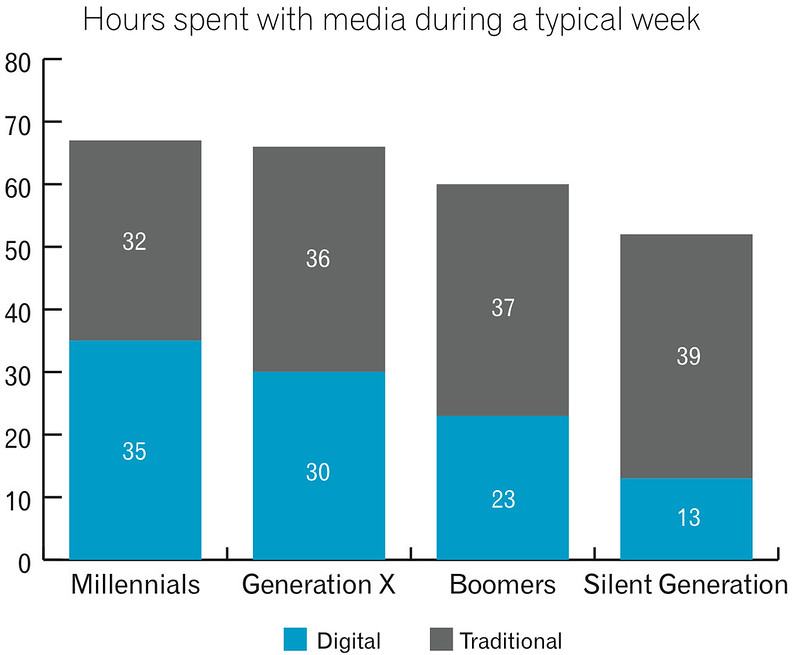Oris Aquis dive watch with built-in depth gauge
IWC Aquatimer Deep 3 vs ORIS Aquis – Gear Patrol – Oris’ approach to its depth gauge on its Aquis dive watch is a really elegant design solution. In the Oris Aquis there are are no moving parts, or complex surfaces to waterproof. Instead the Oris Aquis relies on Boyles law and the different refractive index between glass, air and water to form a meniscus. You might worry about dust getting into the depth gauge of the Oris Aquis, but the risk is relatively low and would be likely to be cleaned out by water action. More related content here.
Consumer behaviour
China’s Growing Gray Market for All That’s Foreign – haitao – searching abroad
Number of Cars Per Household Stagnates in Japan | WSJ – peak car in Japan (paywall)
More Than a Third of Americans Have No Retirement Savings | TIME – shocking and astonishing
Marketing
BlueFocus Hires Holly Zheng To Oversee International Expansion | Holmes Report – Because the industry landscape is changing, people are looking for more integrated solutions. We want to be a solutions company — a one-stop shop when it comes to digital.
Tumblr to start searching images for brand info | PR Daily EU – interesting use of image recognition
Media
Orange Bear | Facebook for Business – is it just me or is anyone else trying to see the business case / causality in this case study? It looks like a press release with bursts of numerical tourettes
Online
Giving You More Reasons to Share on SlideShare – explains why they weren’t taking premium subscriptions
Google Made 890 Improvements To Search Over The Past Year | Searchengineland – competitive advantage right there in the headline
Twitter now officially says your timeline is more than just tweets from people you follow – Quartz – interesting changes
Google Is Planning to Offer Accounts to Kids Under 13 – WSJ – interesting restrictions and opportunities for marketers willing to play ball
Telegraph “Forgets” Its Own Stories Documenting Google “Right To Be Forgotten” Removals | Marketingland – something recursive in the nature of this and straight from the pages of Franz Kafta
Security
Researchers find it’s terrifyingly easy to hack traffic lights | Ars Technica – no real surprise
Technology
Sales of wearables set to rocket despite current ‘chaotic’ stage of development | Marketing Week – nothing particularly insightful
Are processors pushing up against the limits of physics? | Ars Technica – the struggle to extract greater parallelism from code. Even low-end smartphones now have multiple cores, but we’ve still not figured out how to use them well in many cases.
A portable router that conceals your Internet traffic | Ars Technica – inexpensive pocket-sized “travel router”
A brief history of USB, what it replaced, and what has failed to replace it | Ars Technica – I found an ADB (Apple Desktop Bus) connector keyboard at the weekend
VCs suck (but there’s a way you could prove me wrong) | Fortune – issues in data transparency
Email Is Still the Best Thing on the Internet – Atlantic Mobile – one of the nicest pieces I have read in a while. Lastly other forms of communications are harder to search or keep a record of.
Wireless
Lenovo becomes China’s top smartphone supplier: IDC – interesting that Lenovo managed to get a jump on the likes of Xiaomi and Huawei
The simple reason smartphones are getting bigger | Quartz – APAC market preferences dictating global move
